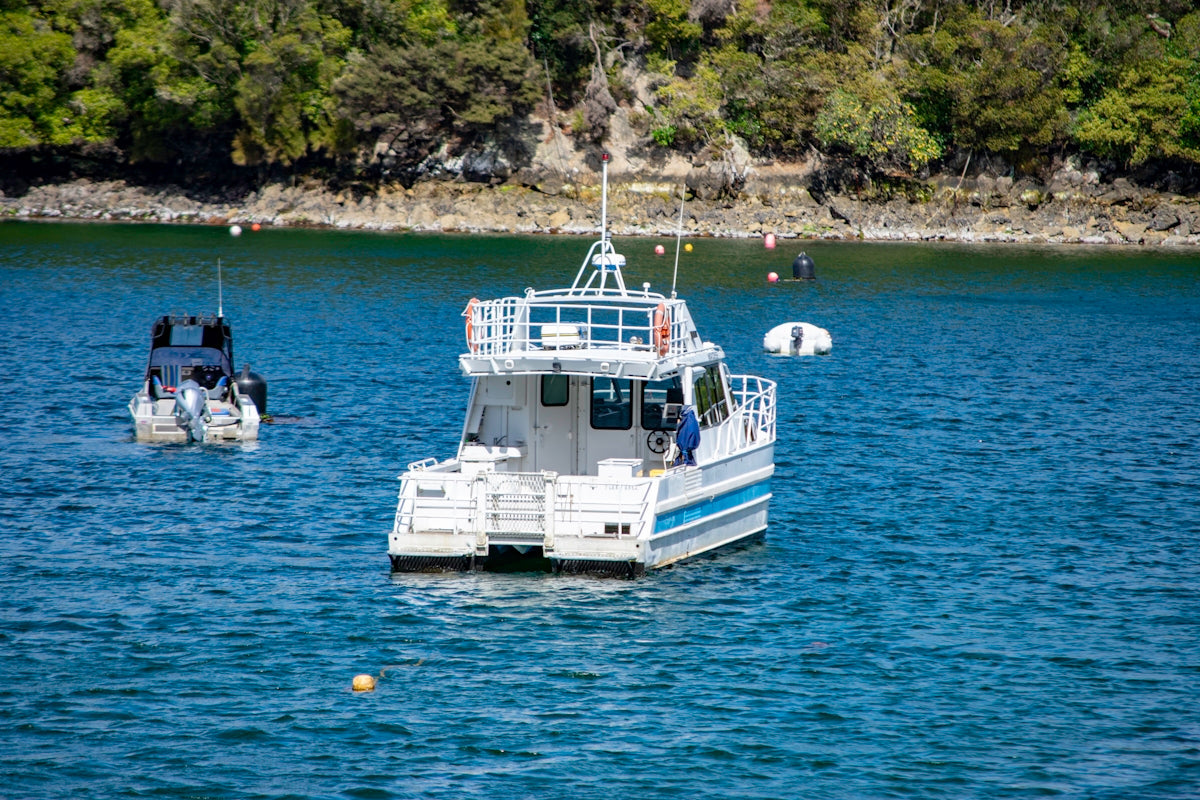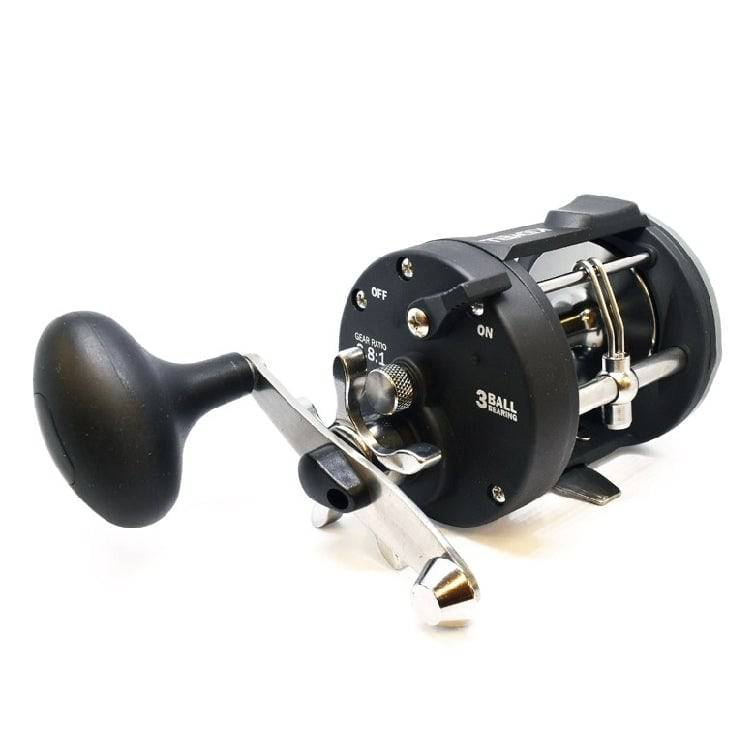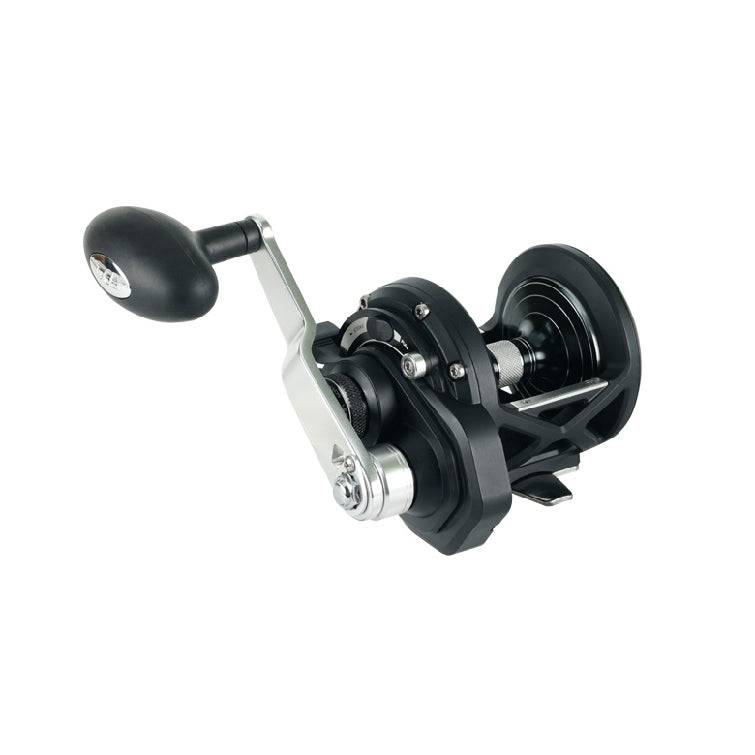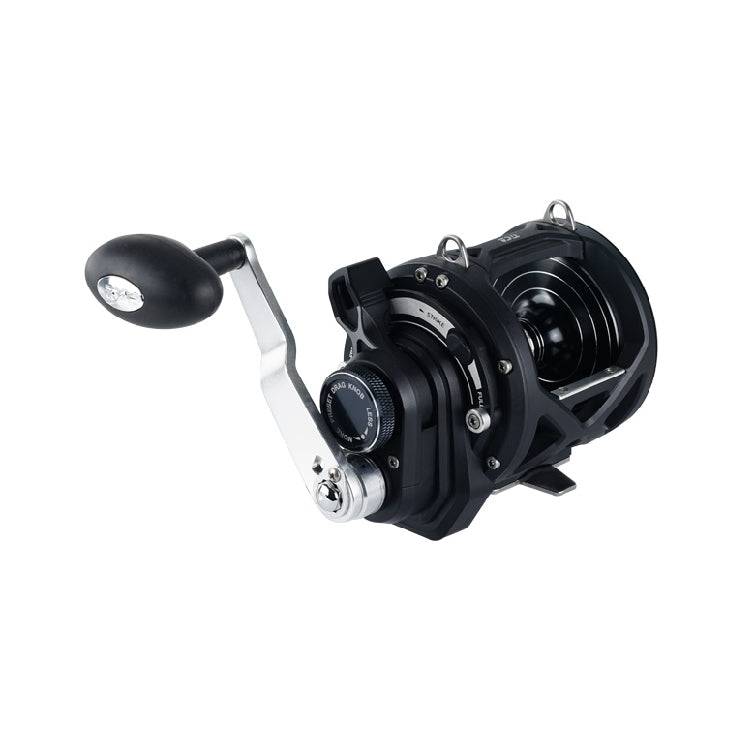Boat Snapper Fishing Reels Multiplier Reels and Boat Reels
6 products
Showing 1 - 6 of 6 products
Boat Snapper Fishing Reels Multiplier Reels and Boat Reels
While most anglers start off using a fixed spool reel due to the ease of use and low maintenance this type of reel requires, but many anglers eventually upgrade to a multiplier reel.
This is because the free-running, adjustable spool of the multiplier allows greater casting distance and the cranking power of the spool design is more effective when reeling in.
The drawback, however, comes with the fact that multiplier reels are much more challenging to master and need to be used with a smooth casting style.
Even a small mistake in casting can lead to the dreaded ‘bird’s nest’ – a messy explosion of the line which can take a long time to sort out.
Design
All multiplier reels consist of a cage, which makes up the structure of the reel with the spool inside.
The handle is on one sid,e and controls such as the spool disengage button (or lever) and magnetic controls are located on the other side plate.
The spool revolves around a spindle. Multiplier reels are usually attached to a rod with a movable reel seat, although coasters (metal attachments similar to jubilee clips) were widely used.
The choice to have a reel ‘up’ (towards the centre of a rod) or ‘down’ (at the bottom of a rod) is down to personal preference. It is also worth noting here that whereas fixed spool reels can be altered to right or left-handed use, multiplier reels have their handle built on one side and this cannot be changed meaning that multipliers need to be bought for right or left handed use and cannot be changed.
Usually, multiplier reels need to be paired up with the correct type of rod that has been ringed for multiplier use – rods designed for multiplier reels have a higher number of smaller rod rings when compared to rods made to be used with fixed spool reels. However, its is becoming increasingly common to see manufacturers making rods which are ringed to be used with either multiplier or fixed spool reels.
Different reels have different uses for the sea angler. A relatively small reel will be ideal for clean ground distance fishing with 15lb line and shock-leaders, whereas a heavier, bigger reel will be suited to rough ground fishing with 30lb line all the way through.
There are also plenty of all-around reels on the market that allow anglers to perform long-distance casts over clean ground but still have the retrieval rate to handle mixed to moderate rough ground.
Remember, a big heavy multiplier loaded with the 30lb line will pull through weed and snags but will not cast as far as a reel with 15lb line and a shock leader. Many anglers who have been fishing for some time and built up a collection of tackle have light reels for clean ground fishing and specialist bigger, heavier reels for fishing rough ground. However, a single well-chosen reel can handle the vast majority of the fishing situations UK anglers will encounter, and the only struggle with very long range casting or very rough ground and rough seas.
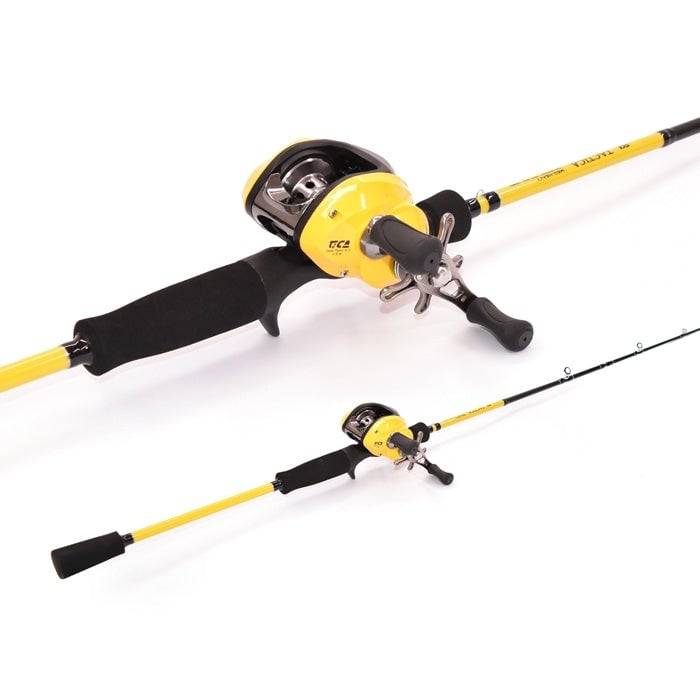

Recently viewed
Blog posts
View all
Troubleshooting Common Maintenance Issues with Quality CRC Products

7 Exciting New Fishing Innovations to Try in 2026
